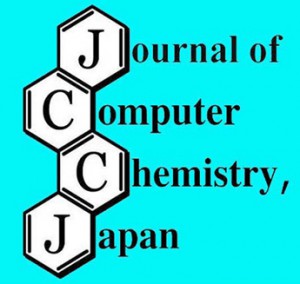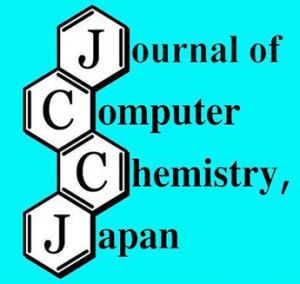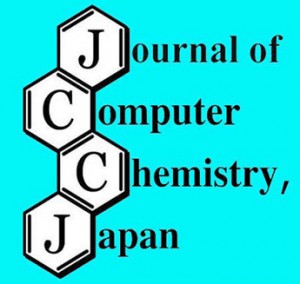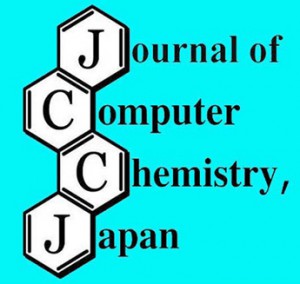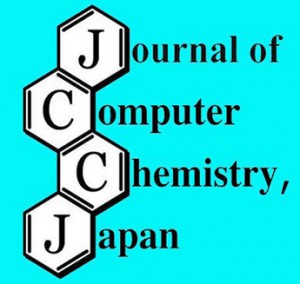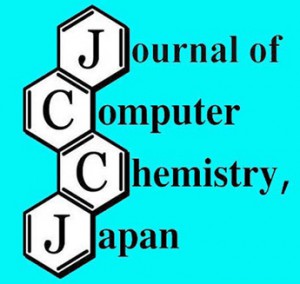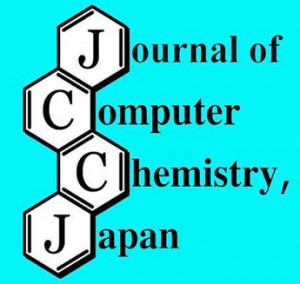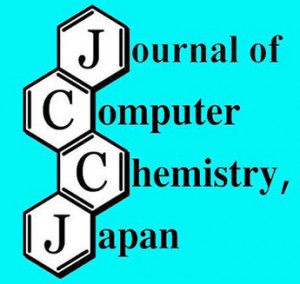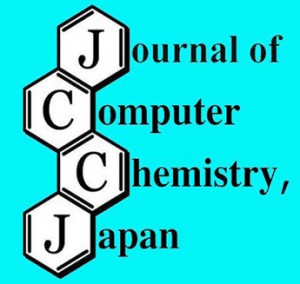[Published online Journal of Computer Chemistry, Japan Vol.15, A30-A34, by J-STAGE]
<Title:> SCCJ Cafe Season 5 生命現象の分子科学 (2)「レーザーラマンスペクトル」
<Author(s):> 高妻 孝光
<Corresponding author E-Mill:> takamitsu.kohzuma.qbs(at)vc.ibaraki.ac.jp
<Abstract:> 20世紀は,トランジスタ,コンピュータ,そしてレーザーが発明された時代でもある.これらの発展とともに,生体分子の新しい分析技術が発展した.本稿で は,20世紀中期以降においてレーザーやコンピュータがもたらしたラマン分光法の発展のアウトラインとタンパク質科学への応用について紹介する.
<Keywords:> Biomolecule, Quantum Beam, Quantum Mechanics, LASER, Raman Spectroscopy
<URL:> https://www.jstage.jst.go.jp/article/jccj/15/2/15_2016-0026/_article/-char/ja/
<Title:> SCCJ Cafe Season 5 生命現象の分子科学 (2)「レーザーラマンスペクトル」
<Author(s):> 高妻 孝光
<Corresponding author E-Mill:> takamitsu.kohzuma.qbs(at)vc.ibaraki.ac.jp
<Abstract:> 20世紀は,トランジスタ,コンピュータ,そしてレーザーが発明された時代でもある.これらの発展とともに,生体分子の新しい分析技術が発展した.本稿で は,20世紀中期以降においてレーザーやコンピュータがもたらしたラマン分光法の発展のアウトラインとタンパク質科学への応用について紹介する.
<Keywords:> Biomolecule, Quantum Beam, Quantum Mechanics, LASER, Raman Spectroscopy
<URL:> https://www.jstage.jst.go.jp/article/jccj/15/2/15_2016-0026/_article/-char/ja/
